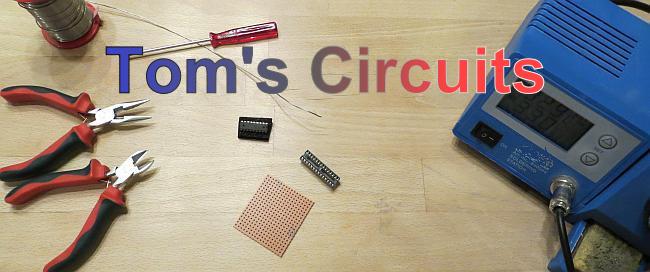And here is the final part of the entry, starting with the schematic that I finally used. The core is the same as before. But now there is a linear voltage regulator for the controller. Also shown here is the serial interface and most importantly, the sensor circuit.
28 March 2011
Low-Cost High-Speed Photography - Part 3
And here is the final part of the entry, starting with the schematic that I finally used. The core is the same as before. But now there is a linear voltage regulator for the controller. Also shown here is the serial interface and most importantly, the sensor circuit.
Labels:
attiny15l,
Cree XM-L,
power-led,
stroboscope,
water drop photography
19 March 2011
Low-Cost High-Speed Photography - Part 2
The New LED
The Cree XM-L T6 looked very much like the no-name LED that I had used previously. Being impatient, I did not modify the driver circuit immediately, which meant that the current would be about 1.5 Amps and the resulting power would be about 4.5 W. This should yield at least 5 times the brightness as compared to the no-name LED.
And this is the very first shot that I got with that LED:
Not too bad, I think. Click on the picture to get more detail.
Labels:
attiny15l,
Cree XM-L,
power-led,
stroboscope,
water drop photography
17 March 2011
Low-Cost High-Speed Photography - Part 1
 |
| Find this and other photos HERE. |
- Produces white light flashes for high-speed photography and multiple exposures
- High flexibility / reconfigurability (menu controlled)
- Low cost (no flash unit needed, mostly cheap parts)
- Simple hardware
- No recharging time as for conventional flash lights
Some of the ideas I have take years until I actually put them into practice - be it because there are other, more interesting things to do, be it because I can't find some of the parts or be it because I can't solve some of the problems involved with it. The LED stroboscope was one such project. I had no idea whether a power LED would be bright enough for what I planned. And power LEDs were just too expensive for trying.
The basic idea was to use bright white LEDs to build a flash unit for photography. This could be used to take high-speed photographs (just generate one short flash when triggered by a sensor) or to take multiple exposures by generating a train of flashes. In principle, it is a very simple project, and a microcontroller is almost an overkill. It can probably be done with an NE555. The one advantage a controller has is that it is very flexible. So you can change timings with little effort.
Labels:
attiny15l,
Cree XM-L,
power-led,
stroboscope,
water drop photography
Subscribe to:
Posts (Atom)








